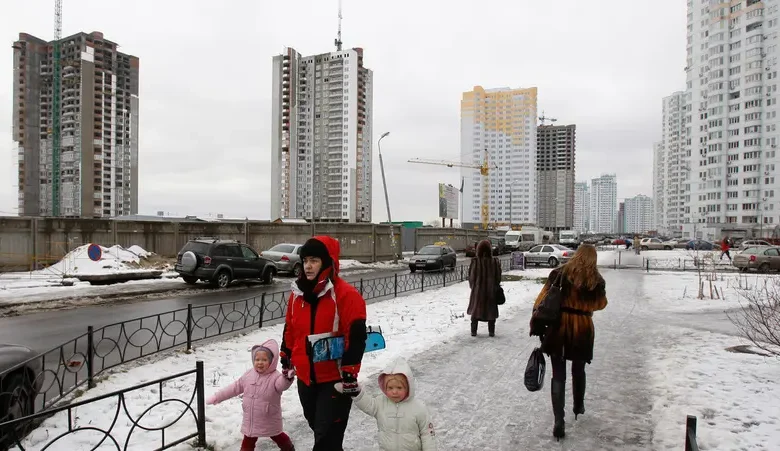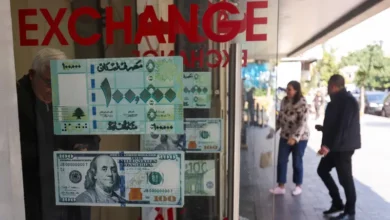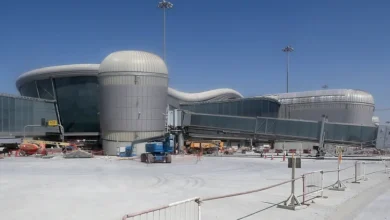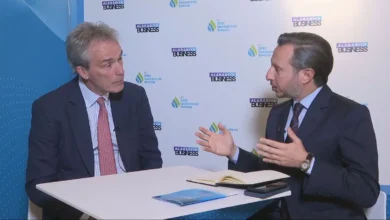Coming winter ‘sternest test yet’ for Ukraine energy grid: IEA

The coming winter will prove the “sternest test yet” for Ukraine’s energy grid since Russia’s invasion, with numerous power plants destroyed or damaged, the International Energy Agency said on Thursday.
Putting forward a 10-point plan for Ukraine to safeguard its war-battered energy security, the IEA also warned of problems for neighboring Moldova’s electricity supply after Ukraine stops allowing the transit of Russian gas at the end of 2024.
“Ukraine’s energy system has made it through the past two winters… But this winter will be, by far, its sternest test yet,” IEA Executive Director Fatih Birol said in a news release accompanying the report.
The report said that in 2022 and 2023 “about half of Ukraine’s power generation capacity was either occupied by Russian forces, destroyed or damaged, and approximately half of the large network substations were damaged by missiles and drones.”
With Ukraine having lost more than two-thirds of its electricity production capacity since the Russian invasion, the report warned of a “yawning gap between available electricity supply and peak demand.”
It urged European countries to expedite deliveries of equipment and parts to rebuild the damaged facilities and called for measures to protect them from drones.
Winter heating strain
In the summer, when energy needs tend to be lower, Ukraine’s capacity for power generation already fell more than two gigawatts below the peak demand of 12 gigawatts.
As demand for energy to heat homes increases in winter, the IEA predicts that the country’s peak demand could increase to nearly 19 gigawatts.
“Strains that are bearable in the summer months may become unbearable when temperatures start to fall and supplies of heat and water falter,” the report said.
The IEA said that power plants damaged by Russian attacks or occupied by Russian troops, such as the Zaporizhzhia nuclear plant, urgently needed replacing or repairing, while the physical and IT security of critical infrastructure needed strengthening.
It also recommended increasing electricity and gas import capacity from the European Union, accelerating the decentralization of electricity production and greater investment in energy efficiency.
It estimated the cost of necessary repairs and upgrades at $30 billion.
Moldova energy security concerns
Outside Ukraine, the IEA report warned that neighboring Moldova’s energy security could also be hit.
Most of Moldova’s electricity comes from one gas power plant in the breakaway Transnistria region, which is backed by Russia.
Producing around two-thirds of the country’s electricity, the Moldavskaya GRES power plant is largely fueled by Russian gas imported via Ukraine.
But last month, Ukraine announced its intention to discontinue at the end of this year an agreement signed in 2019 allowing Russia to pump gas via its territory. With the taps turned off, both the plant’s gas supplies and Moldova’s electricity security would be subject to “significant uncertainty”, the IEA said.
As a result, the agency urged the country to secure its supplies by strengthening energy ties with its European neighbors, “with benefits for the wider region.”
Set up under the Organization for Economic Co-operation and Development in the wake of the 1973 oil crisis, the IEA styles itself as “the world’s leading energy authority.”
Though not a full member, Ukraine joined the agency as an association country in July 2022.










